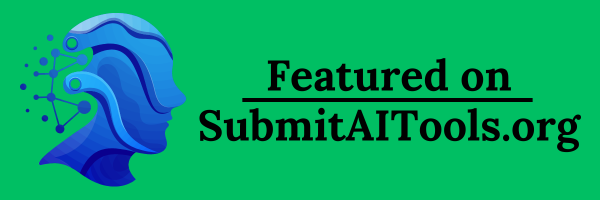Influencer Engagement Rate
Influencer Engagement Rate is a metric that measures the level of interaction an influencer's content receives from their audience, indicating how effectively they engage with their followers.
Frequently Asked Questions
What is Influencer Engagement Rate?
Influencer Engagement Rate is calculated as the total number of interactions (likes, comments, shares) on an influencer's post divided by the total number of followers, often expressed as a percentage. This metric helps brands assess the quality of an influencer's audience engagement.
Where is Influencer Engagement Rate used?
This metric is primarily used in the context of social media platforms such as Instagram, TikTok, Facebook, and YouTube, where influencers share content and brands evaluate potential partnerships based on audience engagement.
When should Influencer Engagement Rate be analyzed?
Brands should analyze the Influencer Engagement Rate before launching a marketing campaign and periodically throughout to assess the performance and effectiveness of the influencer's content in engaging their audience.
Why is Influencer Engagement Rate important?
The Influencer Engagement Rate is crucial because it provides insights into how well influencers can connect with their audience. A high engagement rate indicates a loyal and active following, which can lead to better campaign outcomes and return on investment (ROI) for brands.
How to calculate Influencer Engagement Rate?
To calculate Influencer Engagement Rate, use the formula: (Total Engagements ÷ Total Followers) × 100. This will give you the engagement rate as a percentage, helping you gauge the effectiveness of the influencer's content.
Key Takeaways
In influencer marketing, the Influencer Engagement Rate is a key performance indicator that helps brands identify effective influencers and tailor their marketing strategies. By focusing on engagement rather than just follower counts, brands can maximize their marketing impact and foster authentic connections with target audiences.
Hot Glossary Terms
Influencer Marketing
Influencer Marketing is a strategy that leverages the influence of individuals with large followings on social media to promote products or services, aiming to reach a targeted audience effectively.
Social Media Marketing
Social Media Marketing refers to the use of social media platforms and websites to promote a product or service, encouraging user engagement and brand awareness through content creation and sharing.
Content Strategy
Content Strategy is a comprehensive plan aimed at creating, publishing, and managing high-quality content to achieve business goals and enhance user engagement.
Brand Partnerships
Brand Partnerships refer to collaborative relationships between two or more brands or influencers aimed at promoting mutual interests and achieving shared goals through combined marketing efforts.
Engagement Rate
Engagement Rate is a key performance metric in social media and influencer marketing that measures the level of interaction and engagement a piece of content receives from its audience.
Related Terms
Brand Authenticity
Brand Authenticity refers to the genuine, transparent, and consistent portrayal of a brand's values, mission, and identity, fostering trust and loyalty among consumers.
Social Media Analytics
Social Media Analytics involves the collection and analysis of data from social media platforms to evaluate the effectiveness of marketing strategies, understand audience behavior, and enhance engagement.
Strategy Development
Strategy Development in influencer marketing involves the creation of a comprehensive plan that outlines goals, target audiences, messaging, content types, and performance metrics to effectively engage with influencers and their audiences.
Influencer Marketing Metrics
Influencer Marketing Metrics are the quantitative measures used to assess the effectiveness and performance of influencer marketing campaigns, helping brands understand their return on investment (ROI) and overall impact.
Live Streaming
Live Streaming is a real-time broadcasting method where content is shared over the internet as it happens, allowing for immediate audience interaction and engagement.


























































